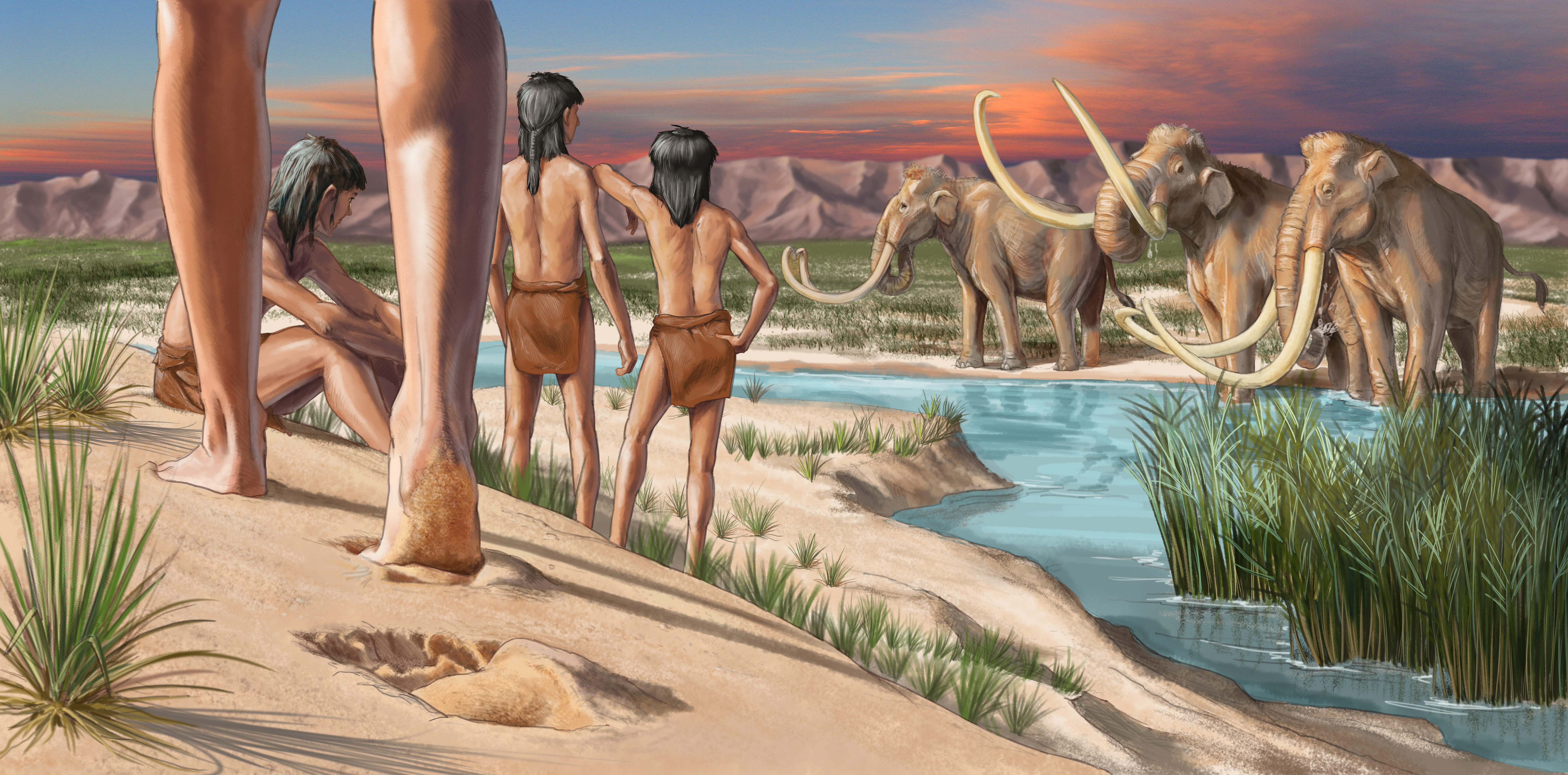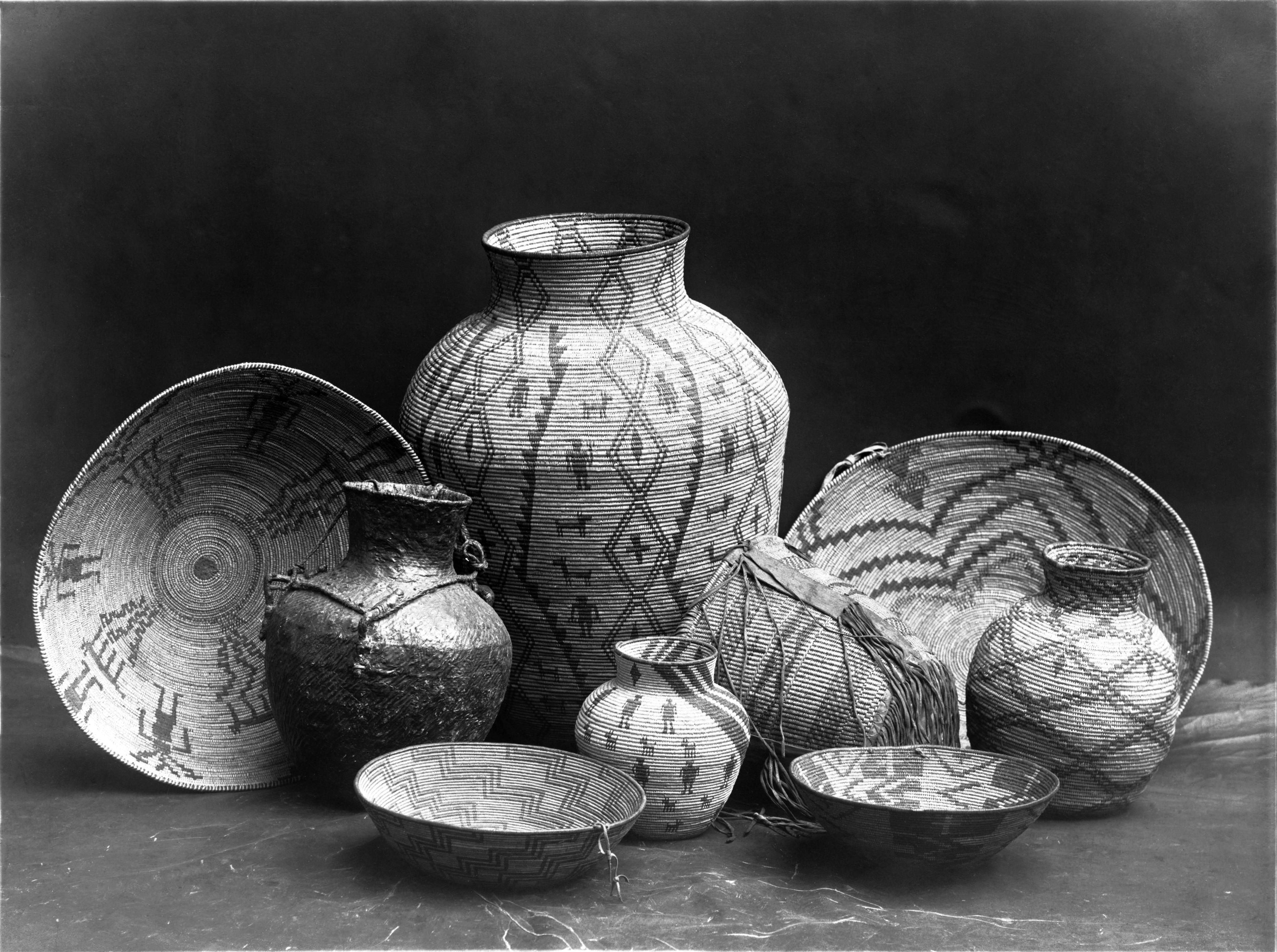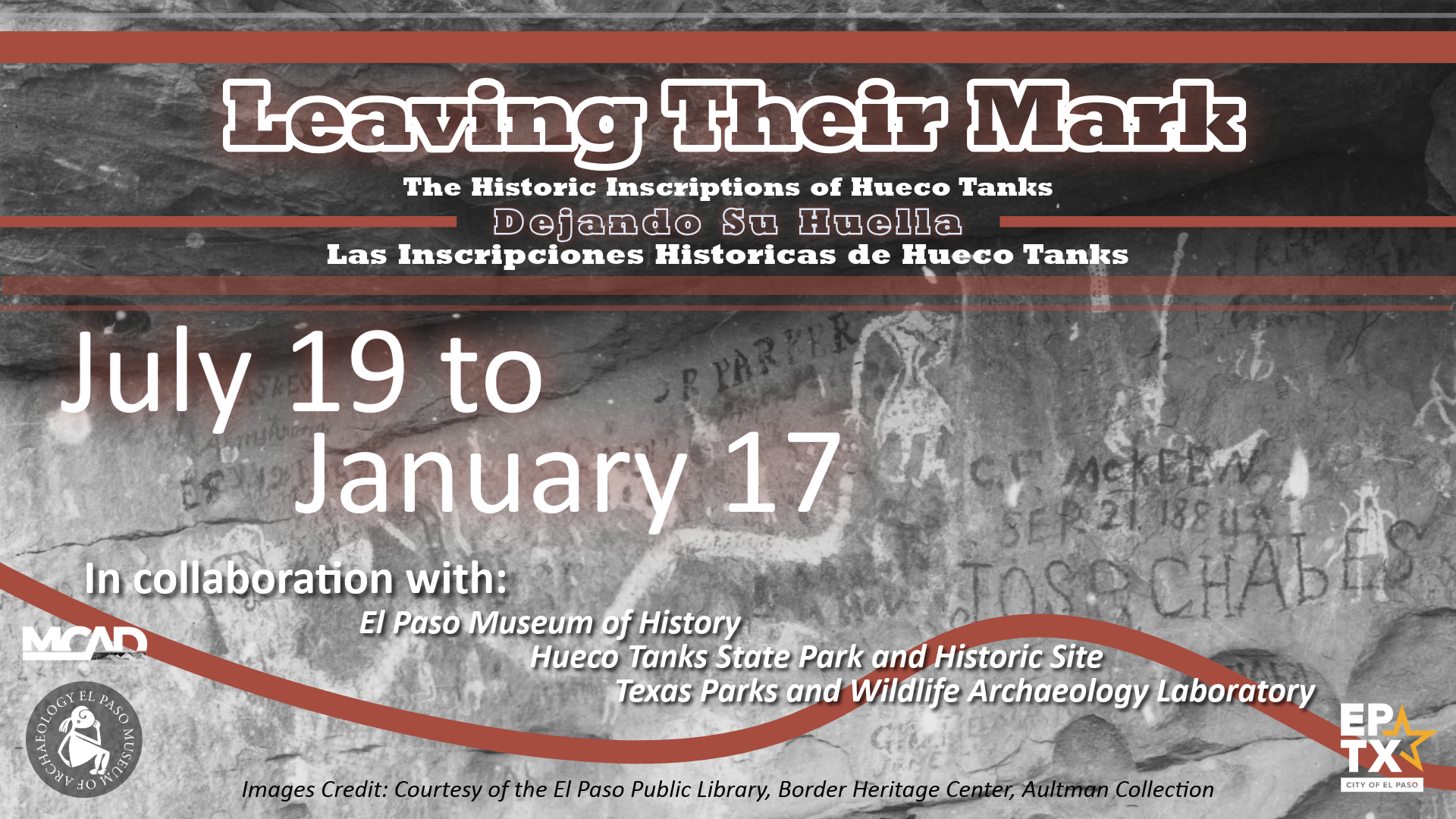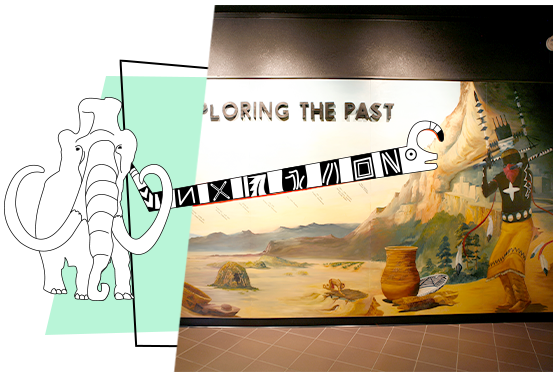
White Sands: Fossil Tracks/Huellas Fósiles
The human footprints recently discovered in White Sands are dated to be about 23,000 to 21,000 years old. This exhibit showcases detailed information about various sites and the interaction of ancient humans with their environment, especially with the last Ice Age megafauna. On display are two casts and molds of both human and animal prints, created by Fab Lab El Paso, and two real samples of the strata layers, with one of them showing the seeds used to date the foot prints, generously donated by White Sands National Park.
Featured as one of the top ten world archaeological discoveries in 2021 by Archaeology Magazine, it has proven to be crucial in the studies of early human occupation of the Americas, helping us understand that human arrival to the continent clearly happened before the 12,000 B.C. mark. The White Sands National Park discoveries change this, providing footing for more exciting finds in the future.
Image courtesy of White Sands National Park.

Woven Treasures, Baskets from the Museum Collection
This semi-permanent exhibit showcases Native American basketry from the Southwest region as well as pieces from California, The Pacific Northwest, and the state of Chihuahua, Mexico.
Most of the baskets in exhibit date from the late 19th century to the first half of the 20th century and form part of our museum's permanent collection.
From being simply functional to having ceremonial or sacred purpose, we are pleased to honor the basket weavers that have been creating authentic pieces of art since at least 10,000 years ago worldwide.
Apache Baskets, Edward S. Curtis, 1907. Courtesy of American Indian film gallery, culture of Apache tribes and Hopi tribes, https://scalar.usc.edu/works/american-indian-film-archive/apache-arts-and-crafts

Leaving Their Mark. The Historic Inscriptions of Hueco Tanks
This exhibit showcases the research, conducted since 2014, centered in locating and identifying any Historic Graffiti (primarily inscriptions) left by travelers and other visitors at the site known as Hueco Tanks State Park and Historic Site. Over 600 names and images from 1849 to the 1970s have been recorded up to date. With close to 240 individual identified up to date, the corpus of historic inscriptions have become a source to link Hueco Tanks to the local, regional and even broader Southwest History. The personal stories provided in first person by the individuals that decided to ‘leave their mark’ give us a snapshot of why, when and what these people were doing at Hueco Tanks. From Hopeful Gold Seekers, Stagecoach drivers and passengers, Buffalo Soldiers, Texas Rangers, Homesteaders and Miners, well-known local personalities, and owners of the Hueco Tanks ranch, to simple visitors to this landmark the exhibition traces showcases their stories linked to the broader and well-known general history of our region.
Once contemplated as simple vandalism, now the Historic inscriptions have become a valuable document and a new tool that is been included in the pictograph tours offered by Hueco Tanks State Park and Historic Site to the general public. The Park is not only an incredible natural wonder or a place where prehistoric peoples left their enigmatic pictographs and petroglyphs, but it is also a place with a high historical component that adds greater value to it.
The exhibit would have not been possible without the collaboration of Texas Park and Wildlife Department, with both Hueco Tanks State Park and Historic Site and their Archaeological Laboratory, and our sister museum, El Paso Museum of History, loaning to EPMArch Historical artifacts in their collections. Of special value are the items recovered during archaeological prospection at the Park. Also a special thanks to El Paso Public Library, Irma Escontrias Sanchez and David Kirkpatrick for allowing the museum to use their photographs.

Distinct Objects, the influence of tourism on the Pueblo World
This exhibit will showcase how the arrival of the railroad and the first tourists to the Territory of New Mexico in the 1880s brought big changes to the economies of the old Pueblos of northern New Mexico. Through adaptation, resilience, and secretism, they were successful into challenging the tourist gaze invading their Pueblos, and to turn it around into a profitable touristic industry fully controlled by them, without euromerican intrusion.
A variety of ceramics designed as tourist novelty items, showcasing some of the adaptations to a new market by the Pueblo potters will be displayed: miniatures, new shapes, such as salt shakers, canoes, or rain gods, and usage of non-traditional techniques such as colorful acrylic poster paints.

